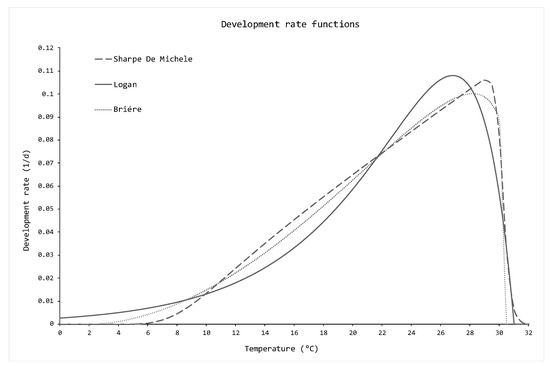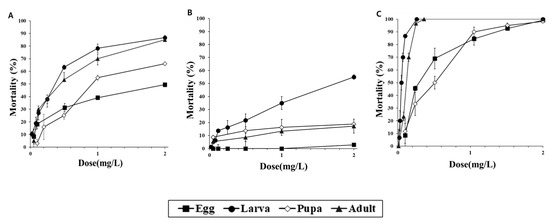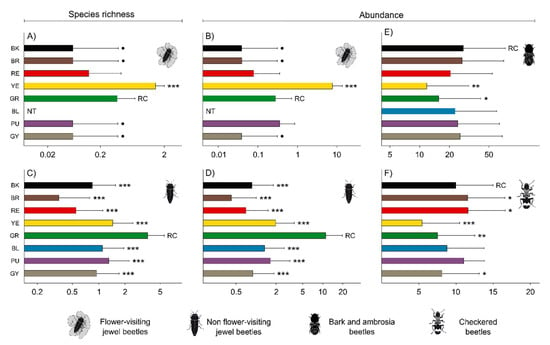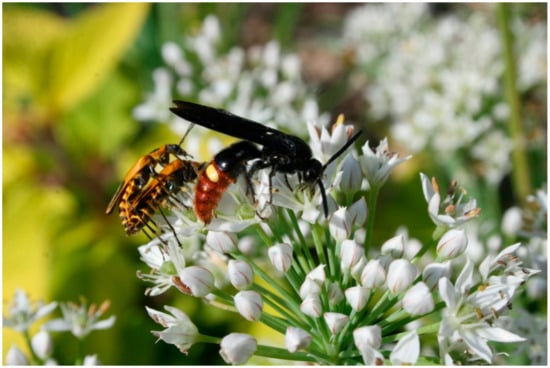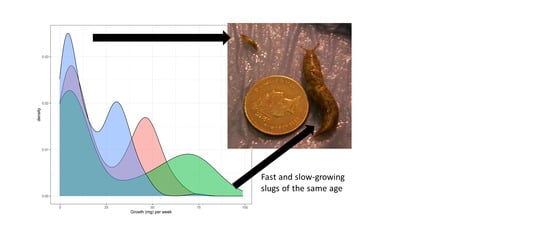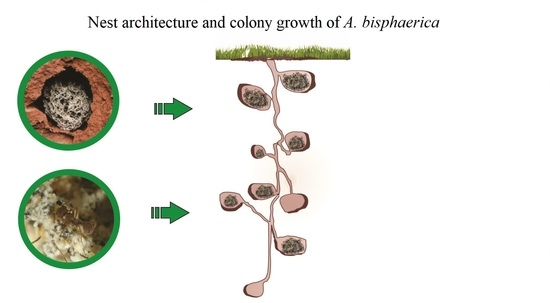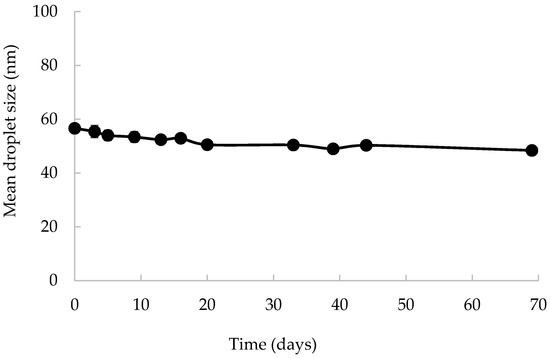Insects 2020, 11(11), 751; https://doi.org/10.3390/insects11110751 - 31 Oct 2020
Cited by 23 | Viewed by 2918
Abstract
The Spotted Wing Drosophila (SWD), Drosophila suzukii (Matsumura), is a harmful insect pest for soft fruit cultivations. Even though its main hosts belong to the genera Prunus and Rubus, its high polyphagy and adaptability to new environments makes it a serious problem
[...] Read more.
The Spotted Wing Drosophila (SWD), Drosophila suzukii (Matsumura), is a harmful insect pest for soft fruit cultivations. Even though its main hosts belong to the genera Prunus and Rubus, its high polyphagy and adaptability to new environments makes it a serious problem for farmers worldwide, who have reported several economic losses because of this pest. A wide series of proposals to control SWD are available and operate in line with the mechanisms of integrated pest management, demonstrating their high efficiency when applied at the opportune moment. This work aims to apply and validate a physiologically based model which summarises all the available information about D. suzukii biology, such as the relationship between environmental temperature and its development, fertility and mortality rates. The model provided, as a result, a description of a population of SWD females taking into consideration the multiple generations that occurred during the year. Simulations were then compared with field data collected in a three-year survey in two experimental fields located in the Sabina Romana area (Lazio, Italy). More specifically, D. suzukii males were monitored with traps in fields cultivated with mixed varieties of cherries and they were selected because of their clearer identification in comparison to females. Results showed a high level of reliability of simulations in representing the field data, highlighting at the same time that there is no discrepancy in simulating D. suzukii females in order to represent male populations.
Full article
(This article belongs to the Collection Biocontrol and Behavioral Approaches to Manage Invasive Insects)
►
Show Figures
